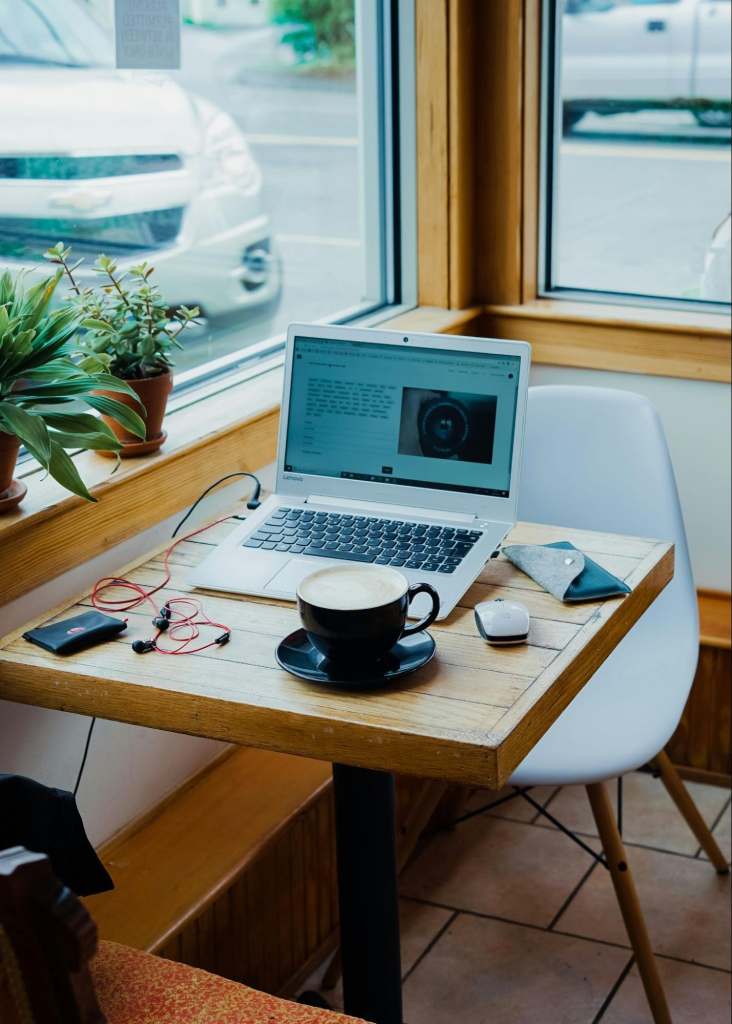Freelancing paints a picture of freedom. Laptop on a café table in Lisbon. A morning spent on work, an afternoon spent wandering Paris streets, an evening train to Berlin. It feels like the job that bends around your life instead of the other way around.
But the dream runs into one constant obstacle: money. Not earning it—that part freelancers handle with skill. The friction comes after. Getting paid, holding onto the full amount, and receiving it quickly enough to keep moving. That’s the part that can undo the lifestyle if you’re not prepared.
Most seasoned freelancers will tell you: the work is straightforward compared to the payment headaches.
The Hidden Strain Behind International Work
A project ends, you send the invoice, and the wait begins. Sometimes it’s short. Often it drags. The system isn’t built for people who move between borders.
- A U.S. client wants to pay in dollars.
- A German client prefers a direct bank transfer.
- A UK client insists on PayPal.
Suddenly you’re managing three systems, each with its own delays and deductions. Your “independent lifestyle” starts to feel like a collection of scattered accounts you’re constantly chasing.
And then there’s the quiet thief: currency conversion. Dollars into euros. Euros into pounds. Every shift shaves off a fraction. It doesn’t feel painful on one invoice, but over a year? That loss could pay for months of rent in the cities you’re working from.
The delays hurt, too. Some transfers crawl through intermediaries, each taking a bite and adding time. Rent is due in Barcelona, your transfer is stuck in limbo, and suddenly that beach café feels less romantic.
Why Freelancers Are Turning to Smarter Solutions
The truth is simple: freelancing doesn’t sit still. Payment systems can’t either. What worked when you lived in your home country might collapse the moment you land abroad.
This is where freelancer payment solutions built for international work make the difference. They don’t just push money from one account to another – these freelancer-focused solutions solve the problems that borderless work creates. Faster transfers, better exchange rates, centralized tracking. Instead of juggling five accounts, freelancers can finally put their energy into projects instead of payment logistics.
For many, switching to a solution designed with global workers in mind is the turning point that makes freelancing sustainable long term.
Choosing a Path: What Actually Works
Not every freelancer needs the same setup. Some deal only with a handful of repeat clients. Others take projects from marketplaces where payments flow through the platform. And then there are digital nomads with invoices landing from five continents in a single year.
Each group finds different approaches work best:
- Traditional bank transfers: Safe, but slow. And international wires can strip away $30–$50 per payment before the money lands.
- Mainstream platforms (PayPal, Wise, Payoneer): They’ve become the standard. Faster than banks, flexible, but fees creep in. A 2% cut here, a conversion fee there.
- Specialized global systems: Designed with freelancers in mind. They focus on reducing fees, keeping exchange rates fair, and allowing money to move without the friction of multiple middlemen.
The trick is finding the balance. Too many systems, and you lose track of your earnings. Too few, and you risk being stuck when a client insists on paying a certain way.
Travel and Payments: The Unspoken Connection
There’s a rhythm to freelancing abroad that isn’t talked about enough. It’s not just about earning. It’s about timing.
Imagine this: you finish a project, invoice sent, payment pending. A flight deal pops up. The timing is perfect. Except the money hasn’t cleared. You wait. The deal disappears.
Or another scenario: you land in a new city, check into a rental, and your card refuses to process because the bank flags the location. Your payment sits in limbo, your rent is due, and you’re suddenly burning through backup savings.
These aren’t small inconveniences. They’re moments that decide whether freelancing feels free or fragile. Reliable payment systems don’t just transfer money. They keep the lifestyle intact. They make it possible to keep traveling without constant financial anxiety following you from city to city.
The Subtler Costs Freelancers Overlook
Most freelancers think about fees. They forget the hidden costs that come from inefficiency.
- Lost time: Hours wasted chasing client payments, checking multiple accounts, or emailing banks.
- Stress overhead: The mental load of wondering when money will arrive.
- Exchange rate drift: Accepting bad rates because “it’s easier” adds up over time.
That hidden pile is what eats into earnings more than any official fee structure. A payment system that removes even two of those stress points frees not just money but mental energy. And mental energy is what fuels better work, sharper ideas, and stronger client relationships.
Stories From the Road
Talk to freelancers and you hear the same story in different accents.
- A designer from Argentina lost nearly 12% of a big project’s value because the client insisted on PayPal and the peso conversion rate was brutal.
- A copywriter in Thailand had to borrow money for rent when a U.S. bank transfer took nearly three weeks to clear.
- A developer in Portugal stopped using traditional wire transfers altogether after realizing she was paying hundreds each year in “intermediary bank” charges she hadn’t even noticed.
Every one of them eventually moved to smarter systems that kept their money closer to its original value and delivered it faster.
Building a System That Works for You
The smartest freelancers don’t just pick a platform. They build a system. A setup that covers:
- Client preferences: Some clients will never move away from their chosen payment method. Accept that, but have a backup system that keeps costs lower for you.
- Local usability: A payment option that works online but doesn’t connect to local ATMs or cards can leave you scrambling.
- Tax reporting: Don’t forget the administrative side. Systems that export clear records save headaches when tax season comes, no matter what country you’re in.
A mix often works best: one main system for most clients, a backup option for exceptions, and a local-friendly way to access funds on the ground.
Freelancing as a Lifestyle, Not Just a Job
At the end of the day, freelancing abroad isn’t about chasing one project. It’s about building a life that blends work and travel in a way that feels steady.
The money piece is central. It decides whether you can commit to that next city, whether you can book a longer stay, whether you feel free to take a project without worrying about how it pays out.
Global payment solutions aren’t glamorous. They’re not the part you share on Instagram. But they’re the part that keeps the lifestyle alive in the long run.
Final Thoughts
Work, travel, get paid. It sounds like a simple loop, but freelancers know it rarely flows that cleanly. The work arrives, the travel happens, and then the payment system creates friction.
The good news? Financial tools are finally catching up to the way freelancers live. Solutions designed for mobility, fairness, and speed now exist. They remove the delays, the excessive fees, and the scattered systems that used to define international freelancing.
And that’s what makes the lifestyle more than just a short adventure. It makes it sustainable. You can sit in a café in Lisbon, board a train in Berlin, or rent a flat in Barcelona without worrying about whether your payment will arrive in time.
The invoice goes out. The money comes in. The work keeps flowing. And you keep moving. That’s the real freedom of freelancing.
Photo by Toa Heftiba on Unsplash

